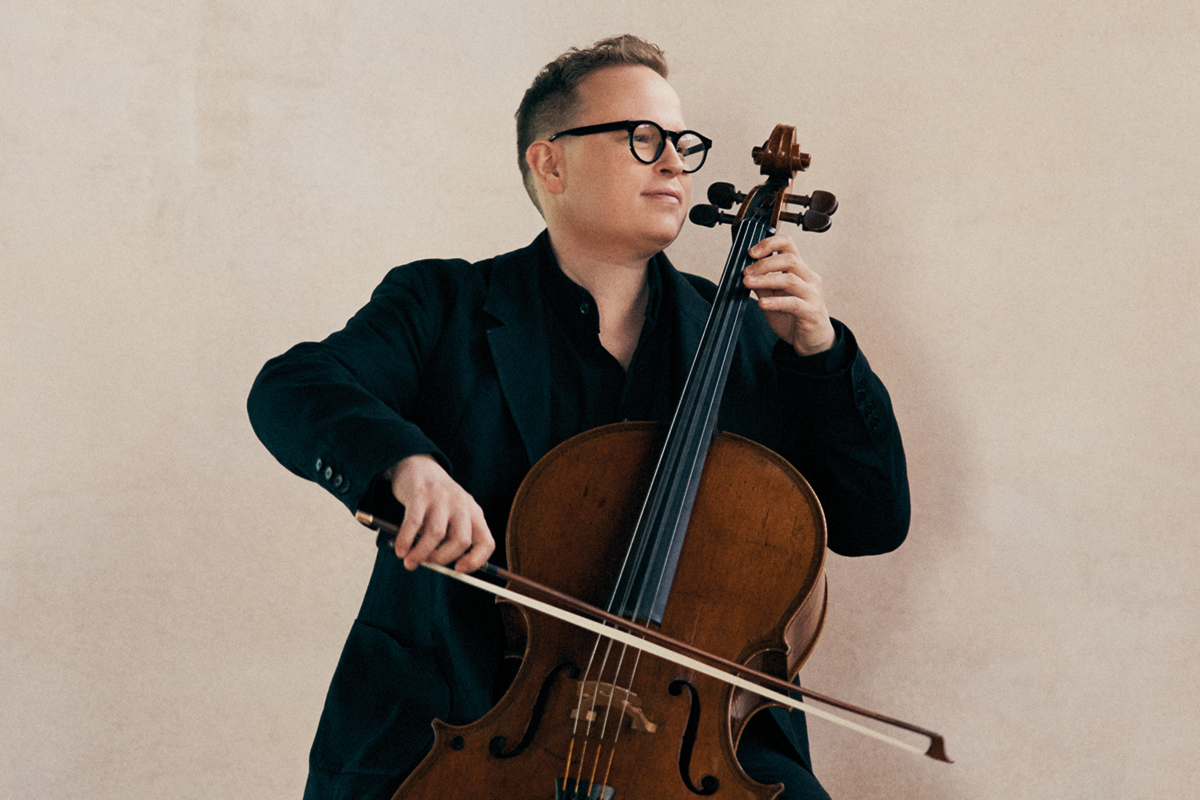
Disclaimer: The opinions reflected in this review are those of the writer and not necessarily the publication.
Trigger warning: This review contains critical discussion about violence against women.
Sir Walter Scott’s gothic novel The Bride of Lammermoor forms the basis of Donizetti’s iconic drama tragico Lucia di Lammermoor, which I saw staged earlier this month by Opera Australia.
British coloratura Jessica Pratt was brought under Utzon’s sails this year as Donizetti’s bereaved, barmy bride. Looney Lucia, whose manic manner and blood-blotted nightie spring forth in Act III, is the provider of a perfect opportunity for a female director to spring forth from OA.
Alas, after two acts of our ill-fated protagonist being literally pushed over by her male relatives, to illustrate every depth of her humiliation, social exclusion, gaslighting, deception, intimidation and assault, I’m surer than ever that this narrative is lacking the lived experience of a female director. ‘Oh no’, I thought, ‘Opera Australia has not done yet another season of Lucia, without permitting a woman to decide how the systematic oppression of her gender should be realised?’.
Of course, a flip through the program and I see that Lucia di Lammermoor, an iconic symbol in opera of women’s historical abuse and enslavement, is revived by OA but still:
- directed by a man
- conducted by a man
- revival-directed by a man;
after already being:
- based on a novel by a man
- trimmed into a libretto by a man
- scored by a man.
I was flicking through reviews of Lucia, wondering why no one else appeared to take issue with this boys’ club of creative chiefs, and realised – of course, it’s been reviewed in our major newspapers by men. So, the rave reviews in The Sydney Morning Herald and The Australian are explained. If only Clementine Ford was sent by SMH to take some notes at this opera.
A small number of arts-specific publications have included reviews of Lucia by women, though these too seem focused on the aesthetics of the production. This may indicate that the dominance of men in sharing women’s stories continues to be taken for granted as it persists as the norm.
Out of the major productions in OA’s current Sydney season (Aida, Rigoletto, Lucia di Lammermoor and The Turk in Italy), there is not one single woman in the position of conductor, director, or revival director.
By comparison, out of Sydney Theatre Company’s current season, eight in 16 productions are directed by women. Of those 16 productions, nine are written by women; including Indigenous playwright and actor Nakkiah Lui.
Sydney Chamber Opera has staged eight out of its 12 past productions since December 2013 with female direction.
Just this year, Belvoir St Theatre Company has so far staged two productions with a female writer and director.
Why doesn’t Opera Australia follow suit, and employ just one female director to lead the season? Why should taxpayer dollars continue to help fund an arts company that, in this way, disempowers women (not to mention is in cahoots with entertainers including Barry Humphries, who, through his recent bigotry and transphobia, is putting vulnerable Australian minorities’ lives at risk)?
Beyond its major productions, there appear just two females in directorial capacities: Johanna Puglisi, who has a long list of OA credits to her name, directs the “relaxed” Great Opera Hits – a Sunday afternoon medley of famous arias accompanied by piano; while the renowned Gale Edwards directs a one-night-only, New Year’s Eve special of La Boheme.
But returning here to the major production of Lucia di Lammermoor: How can we call art that which neglects meaning, truth, and a reflection of the human condition? The women’s story of Lucia di Lammermoor becomes dilapidated through the misinterpretation of a man. As a theatrical performance that feeds off arts funding, it appears damaging, regressive, and in this way gives misogyny new lease of life.
Catch up, OA, and in doing so, help change this narrative for us all.

CutCommon would like to acknowledge the positive contributions of women who work in leadership roles in Opera Australia and beyond, in the context of this criticism discussing this 2018 Lucia di Lammermoor production.
What does this story mean to you?
Writer Sylvie Woods and CutCommon have chosen to donate all Pay What You Like contributions to this story to White Ribbon Australia. The mission of this charity is to “make women’s safety a man’s issue too”.
[purchase_link id=”14540″ style=”button” color=”red” text=”Pay what you like”]
Pay securely through PayPal.
Images courtesy Opera Australia: credit Prudence Upton.






